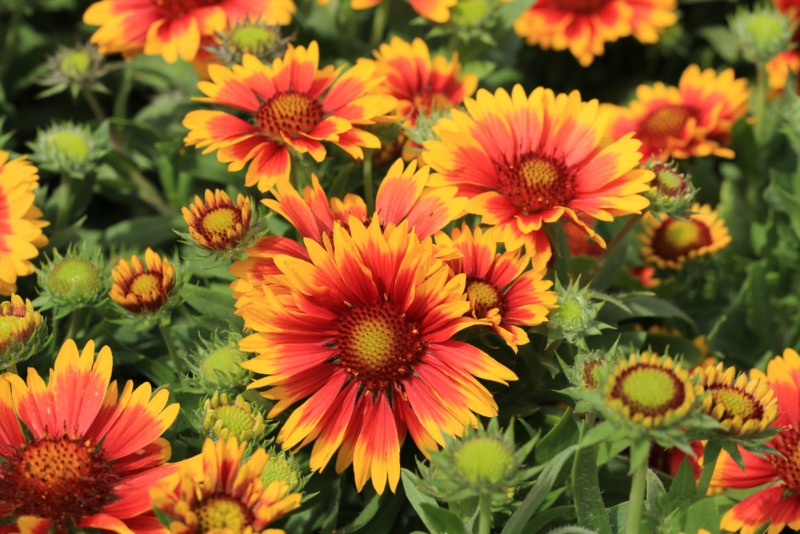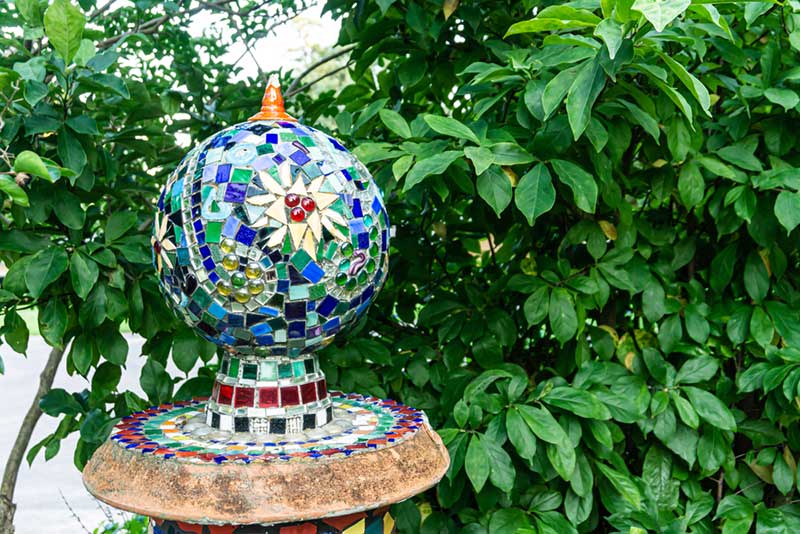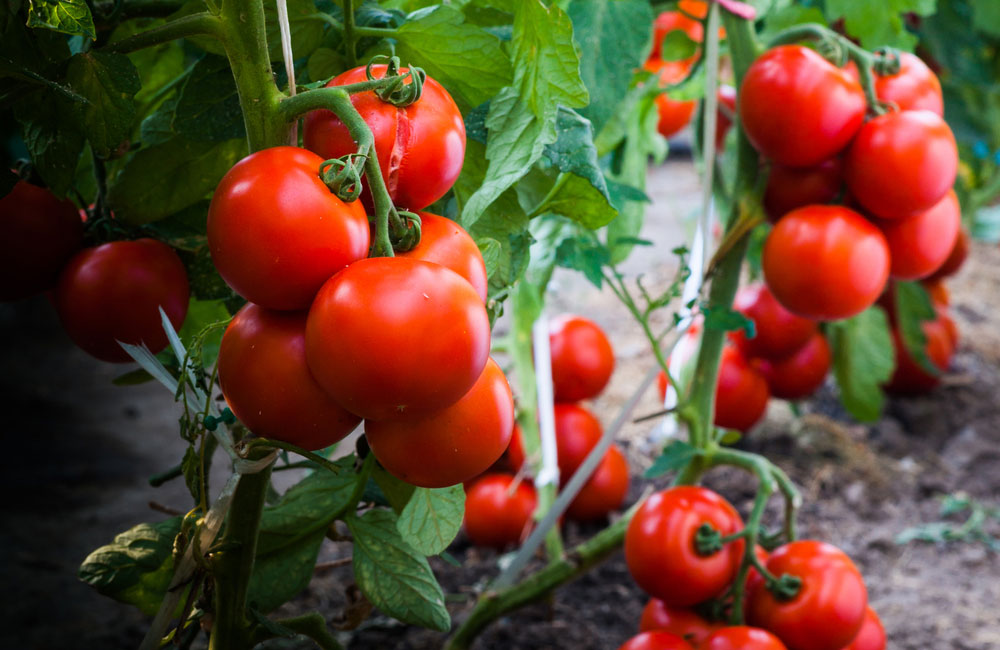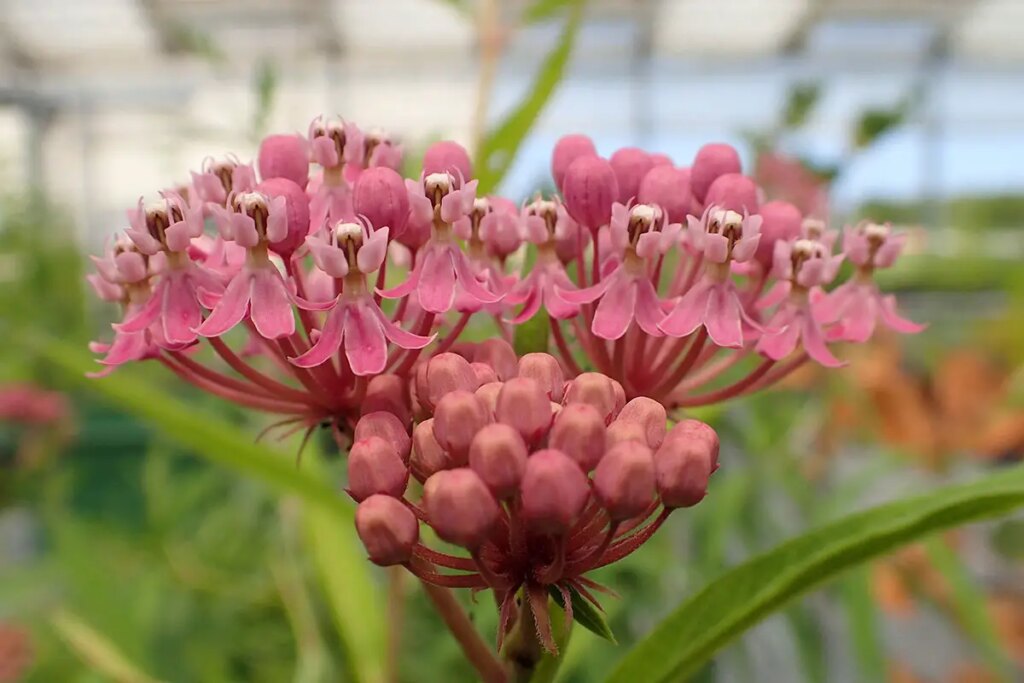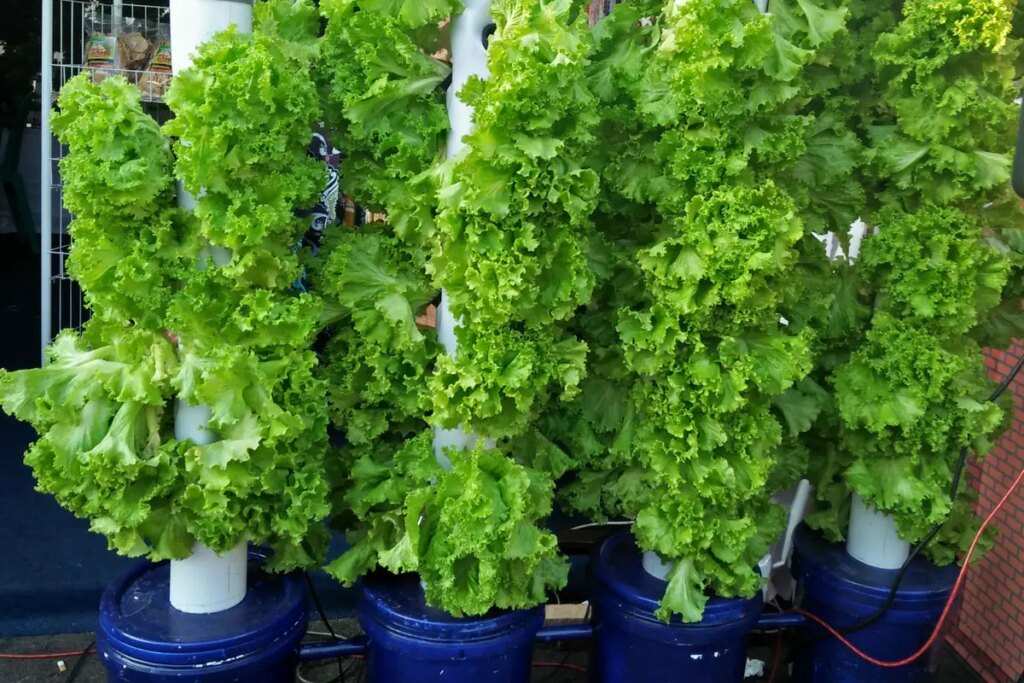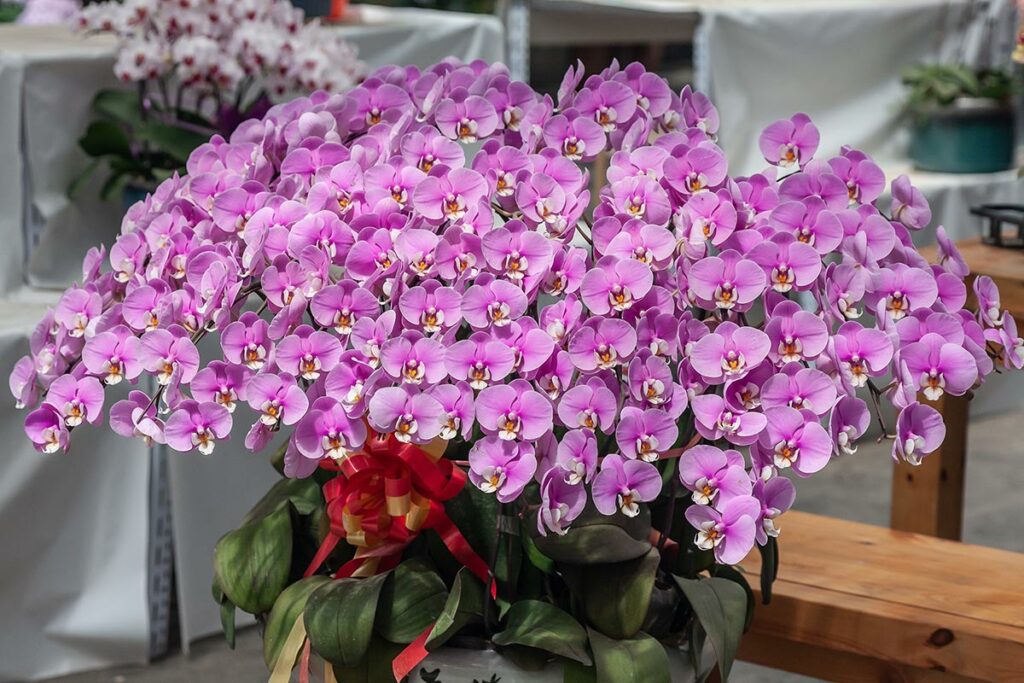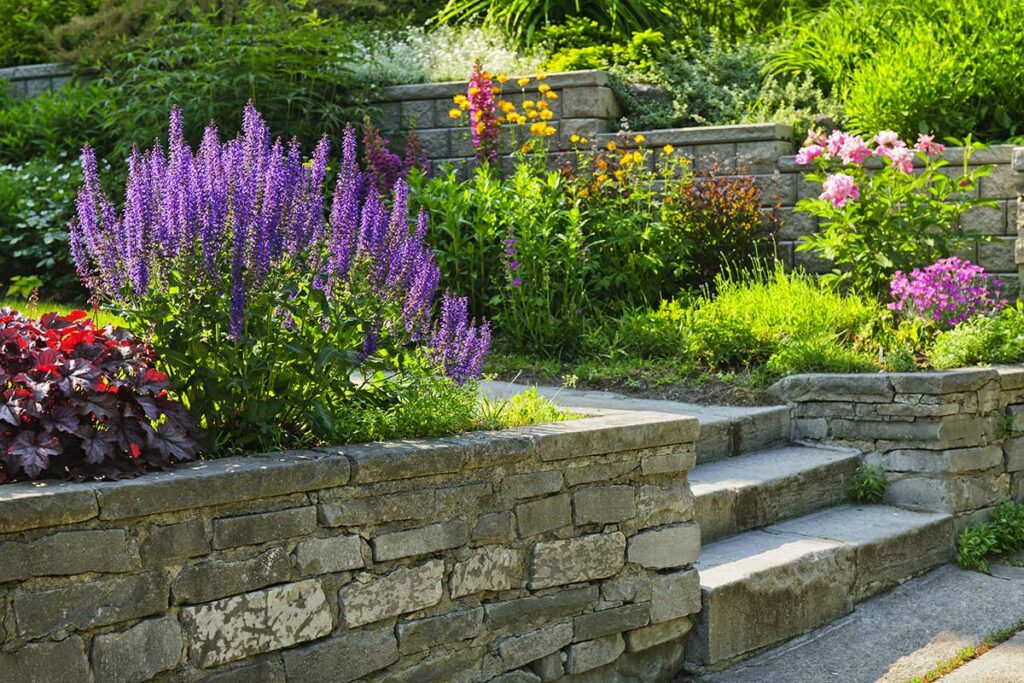
Imagine transforming your yard into a beautiful, low-maintenance haven filled with vibrant colors and delightful fragrances. Growing Russian sage in your landscape design can help you create this picturesque scene. As a stunning perennial plant, Russian sage offers numerous benefits that make it an excellent choice for homeowners looking to enhance their outdoor space.
Not only does Russian sage boast a captivating blueish-purple hue and a pleasant aroma, but it also exhibits a strong resistance to common pests and diseases, ensuring this hardy plant thrives in your yard with minimal effort on your part. In addition to its visual appeal, Russian sage can contribute to your local ecosystem, attracting beneficial pollinators to your garden, such as bees and butterflies.
With its impressive drought tolerance and ability to grow in a variety of soil types, Russian sage is a versatile plant that can be easily incorporated into diverse gardening styles and environments. By choosing this remarkable perennial, you can create an enchanting oasis in your yard that looks amazing, requires little maintenance, and supports a healthy ecosystem.
Understanding Russian Sage
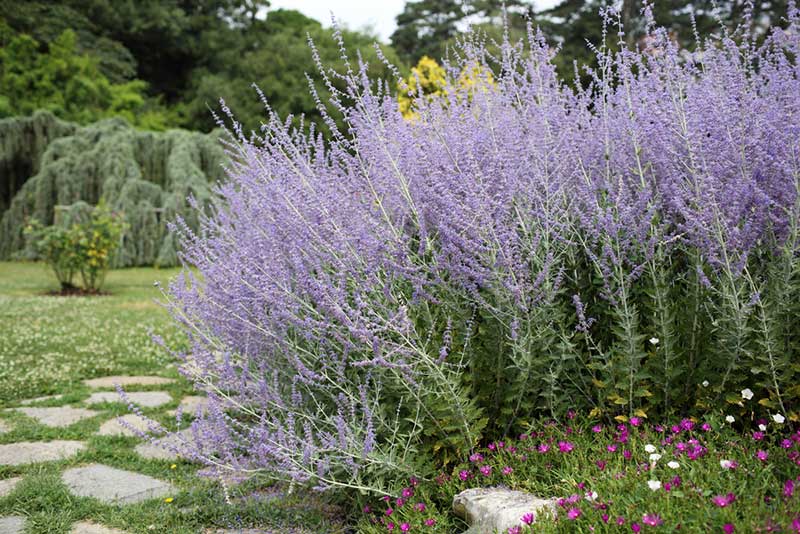
Russian sage, scientifically known as Perovskia atriplicifolia, is a hardy perennial plant native to Central Asia. It’s known for its long-lasting, vibrant purple flowers and silver-gray foliage that can add a striking visual appeal to your landscape. When you grow Russian sage in your yard, you can enjoy multiple benefits.
Firstly, this plant is not only drought-tolerant but also low-maintenance, making it an excellent choice for xeriscaping and water-wise gardening. Planting Russian sage can help reduce the need for supplemental irrigation and save valuable water resources.
Secondly, Russian sage acts as an effective pest deterrent due to its strong fragrance. This pleasant aroma helps keep away pests like deer and rabbits from your garden, protecting your other plants from damage.
Moreover, Russian sage is a valuable source of nectar for pollinators. By introducing this plant to your yard, you’re providing a valuable habitat and food source to support local honeybee and butterfly populations, all while enhancing your garden’s ecosystem.
Finally, Russian sage has a long blooming season, typically from late spring through early fall. This ensures that your garden will have eye-catching color and visual interest when many other plants have finished blooming. With minimal effort, Russian sage can become a stand-out feature in your yard.
In summary, incorporating Russian sage into your garden offers numerous benefits, such as drought tolerance, pest resistance, pollinator support, and providing long-lasting color. Adding this versatile plant to your yard will not only enhance its beauty but also promote a healthier environment for your garden ecosystem.
Why Grow Russian Sage in Your Yard
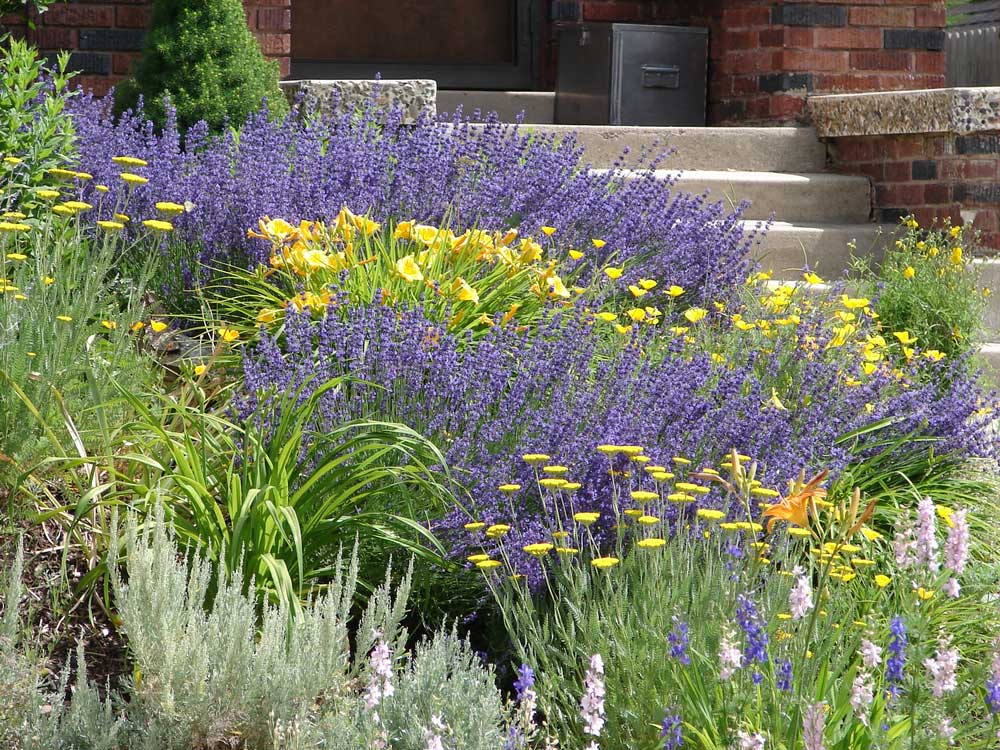
Aesthetic Appeal
Russian sage adds an elegant touch to your garden with its delicate, lavender-blue flowers and attractive silvery foliage. The tall, upright stems create an appealing contrast with other plants and the wispy, feathery leaves provide a beautiful backdrop. Your garden will have a unique look, thanks to the combination of the distinctive color and texture that Russian sage provides.
Drought Resistant
As it originates from the harsh environments of Central Asia, Russian sage is highly resistant to drought. This means it requires minimal watering once established, making it a fantastic low-water choice for your garden. It’s an excellent plant for xeriscaping, helping you conserve water and reduce your effort in maintaining your garden during hot, dry periods.
Adds a Pop of Color to Your Garden
The silvery-blue flowers of Russian sage add a wonderful pop of color to your garden. Flowering from mid-summer to late fall, it provides bursts of color when many other plants have stopped blooming. The lavender-blue flowers contrast beautifully with other colors in your garden, making it a standout feature amidst your other plants.
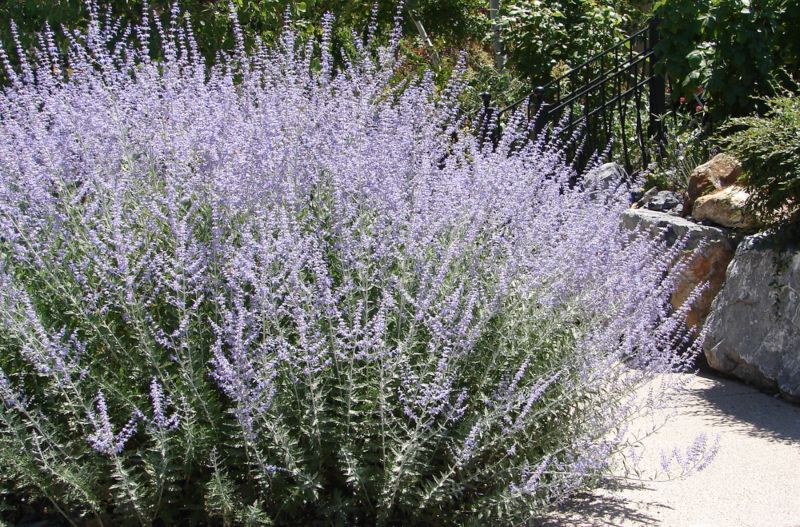
Low-Maintenance
Russian sage is a low-maintenance plant that’s easy to grow, perfect for busy gardeners or beginners. It thrives in a wide range of soil types, even those with poor quality, and withstands various climate conditions. Aside from minimal pruning once a year, this perennial requires very little attention and yet rewards you with a stunning display of flowers and foliage all season long.
Best Climate and Soil for Russian Sage
Climate Preferences
Russian sage thrives in USDA Hardiness Zones 4 to 9. It prefers a climate with hot summers and cold winters, making it a hardy choice for your garden. It’s important to provide your Russian sage with plenty of sunlight, as it needs full sun for optimal growth. Plant your sage in a location that receives at least 6 hours of direct sunlight daily.
Soil Preferences
Russian sage is quite adaptable to various soil types. However, it grows best in well-draining, sandy or rocky soils. The ideal pH level for your sage is between 6.0 and 7.0.
To ensure the proper drainage and soil conditions for your Russian sage:
- Amend heavy clay soil with compost or sand to improve its structure and drainage.
- Avoid overwatering your sage, as it is drought-tolerant and can suffer from root rot if the soil is too wet.
- Fertilize sparingly, as Russian sage doesn’t require much in terms of nutrients. Use a slow-release, balanced fertilizer applied in early spring if needed.
By providing your Russian sage with its preferred climate and soil conditions, you’ll enjoy the many benefits it adds to your yard while ensuring its healthy growth.

Caring for Russian Sage
Watering Requirements
Watering your Russian sage is essential in maintaining its health. Generally, Russian sage requires moderate watering. During the growing season, water your Russian sage once or twice per week, providing it with about 1 inch of water. It is crucial to let the soil near your Russian sage dry slightly between waterings, which helps prevent root rot.
However, Russian sage is drought-tolerant, and once established, it can tolerate less frequent watering.
Pruning Techniques
Pruning your Russian sage is crucial for promoting healthy growth and maintaining its attractive appearance. Here are the essential steps:
- Yearly Pruning: Cut down the plant to 6 inches above the ground each spring. This annual pruning promotes healthy growth during the growing season.
- Removing Dead Branches: Inspect your Russian sage periodically for dead or damaged branches, and trim them as necessary to maintain the plant’s overall health.
- Shaping the Plant: If you desire a more compact or specific shape for your Russian sage, trim it lightly throughout the growing season. Keep in mind that over-pruning is not recommended as it can lead to a less vigorous plant.
By regularly following these watering and pruning techniques, you can enjoy the beauty and multiple benefits of growing Russian sage in your yard.

